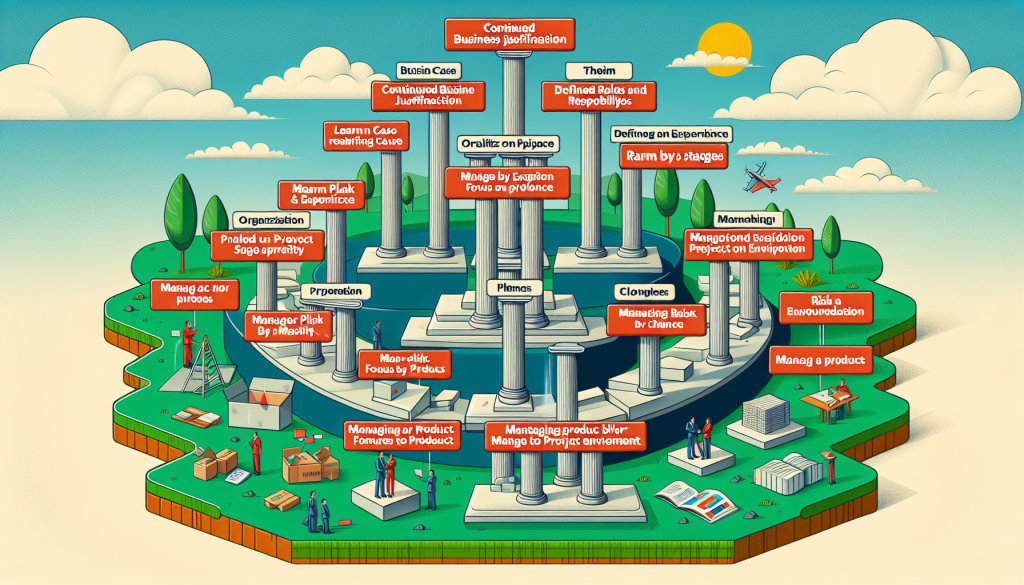In the world of project management, PRINCE2 is a methodology that is widely recognized and respected for its approach to managing projects effectively. One key aspect of PRINCE2 is the clear definition of roles and responsibilities for all individuals involved in a project. This ensures that everyone knows what is expected of them and helps to prevent misunderstandings and confusion.
In a PRINCE2 project, there are several key roles that are essential for the successful delivery of the project. These roles include the Project Manager, who is responsible for overall project management, the Project Board, which provides direction and oversight, and the Team Manager, who is responsible for the day-to-day management of the project team. Each role has specific responsibilities and is crucial to the success of the project.
The Project Manager is responsible for the overall planning, execution, and delivery of the project. They are the key point of contact for stakeholders and are responsible for ensuring that the project stays on track and within budget. The Project Manager also manages risks and issues, and ensures that the project meets its objectives.
The Project Board is responsible for providing direction and oversight for the project. This includes setting the projects objectives, approving the project plan and budget, and monitoring progress. The Project Board is also responsible for making key decisions and resolving any issues that may arise during the project.

The Team Manager is responsible for the day-to-day management of the project team. This includes assigning tasks, monitoring progress, and ensuring that team members have the resources they need to complete their work. The Team Manager also communicates with the Project Manager and Project Board to provide updates on progress and raise any issues that need to be addressed.
PRINCE2 Roles and Responsibilities: Your Path to Project Efficiency .
Overall, the roles and responsibilities outlined in PRINCE2 are essential for the successful delivery of a project. By clearly defining these roles and ensuring that everyone understands their responsibilities, projects are more likely to be completed on time and within budget. This helps to ensure that projects are delivered successfully and meet the needs of stakeholders.